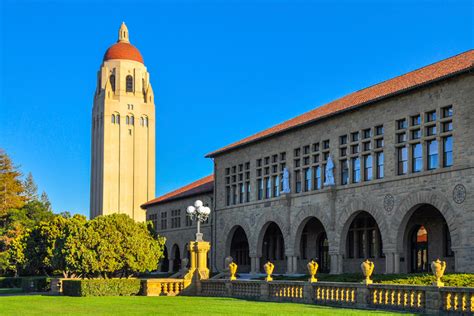United States University

The United States is home to a diverse range of universities, each with its own unique history, academic programs, and research opportunities. From the Ivy League institutions on the East Coast to the public universities on the West Coast, the options for higher education in the United States are vast and varied. In this article, we will explore the landscape of universities in the United States, highlighting some of the top institutions, their academic programs, and the benefits of attending university in the United States.
History of Universities in the United States

The first university in the United States was Harvard University, founded in 1636 in Cambridge, Massachusetts. Since then, the number of universities in the United States has grown exponentially, with over 4,000 degree-granting institutions currently operating in the country. The Morrill Act of 1862 played a significant role in the expansion of higher education in the United States, providing federal funding for the establishment of land-grant colleges. These institutions were designed to provide education in agriculture, mechanical arts, and military tactics, with the goal of promoting economic development and social mobility.
Types of Universities in the United States
There are several types of universities in the United States, including public universities, private universities, liberal arts colleges, and community colleges. Public universities are funded by the state and offer a wide range of academic programs, often at a lower cost than private universities. Private universities, on the other hand, are funded by private donations and tuition fees, and often have smaller class sizes and more personalized attention. Liberal arts colleges focus on providing a broad-based education in the arts, humanities, and social sciences, while community colleges offer two-year associate’s degrees and vocational training.
| Type of University | Description | Examples |
|---|---|---|
| Public University | Funded by the state, offers a wide range of academic programs | University of California, Berkeley; University of Michigan |
| Private University | Funded by private donations and tuition fees, often has smaller class sizes | Harvard University; Stanford University |
| Liberal Arts College | Focuses on providing a broad-based education in the arts, humanities, and social sciences | Williams College; Amherst College |
| Community College | Offers two-year associate's degrees and vocational training | Los Angeles City College; Houston Community College |

Academic Programs in United States Universities

United States universities offer a wide range of academic programs, from undergraduate degrees in fields such as business, engineering, and computer science, to graduate degrees in fields such as law, medicine, and education. Many universities also offer online and distance learning programs, providing flexibility for students who cannot attend classes on campus. Some of the most popular academic programs in United States universities include:
- Business and management
- Engineering and technology
- Computer science and information technology
- Health sciences and medicine
- Social sciences and humanities
Research Opportunities in United States Universities
Many United States universities are classified as research universities, meaning that they have a strong focus on research and inquiry-based learning. These institutions often have state-of-the-art research facilities and provide opportunities for students to engage in research projects and collaborations with faculty members. Some of the top research universities in the United States include:
- Massachusetts Institute of Technology (MIT)
- Stanford University
- Harvard University
- University of California, Berkeley
- Carnegie Mellon University
What are the benefits of attending university in the United States?
+The benefits of attending university in the United States include access to a wide range of academic programs, research opportunities, and networking possibilities. Additionally, many United States universities have a strong reputation globally, which can provide graduates with a competitive advantage in the job market.
What are the requirements for admission to a United States university?
+The requirements for admission to a United States university vary depending on the institution and the program. Generally, applicants must submit transcripts, standardized test scores, letters of recommendation, and a personal statement. International students may also need to demonstrate proficiency in English and meet additional requirements.
How can I finance my education at a United States university?
+There are several options for financing education at a United States university, including scholarships, grants, loans, and work-study programs. International students may also be eligible for financial aid, although the availability and amount of aid can vary depending on the institution and the program.


